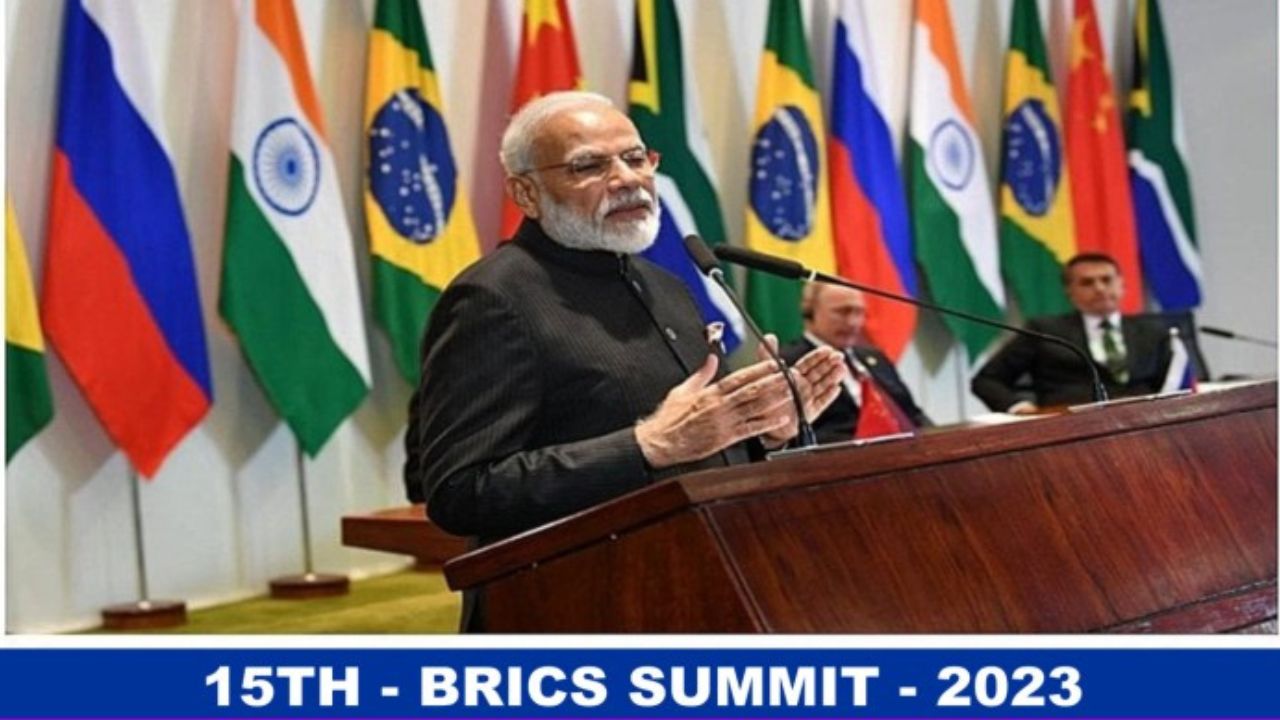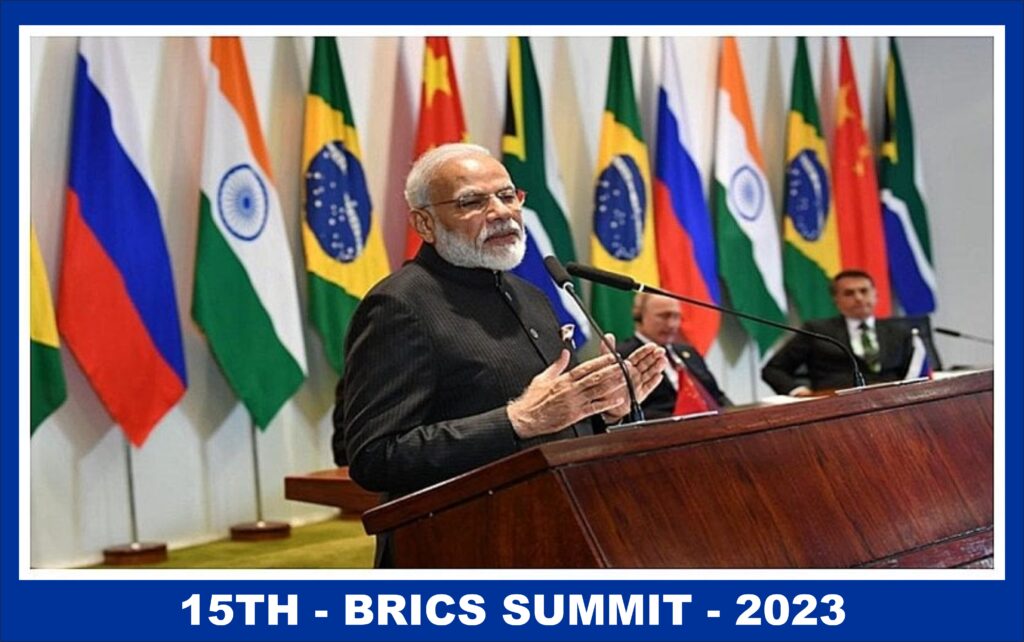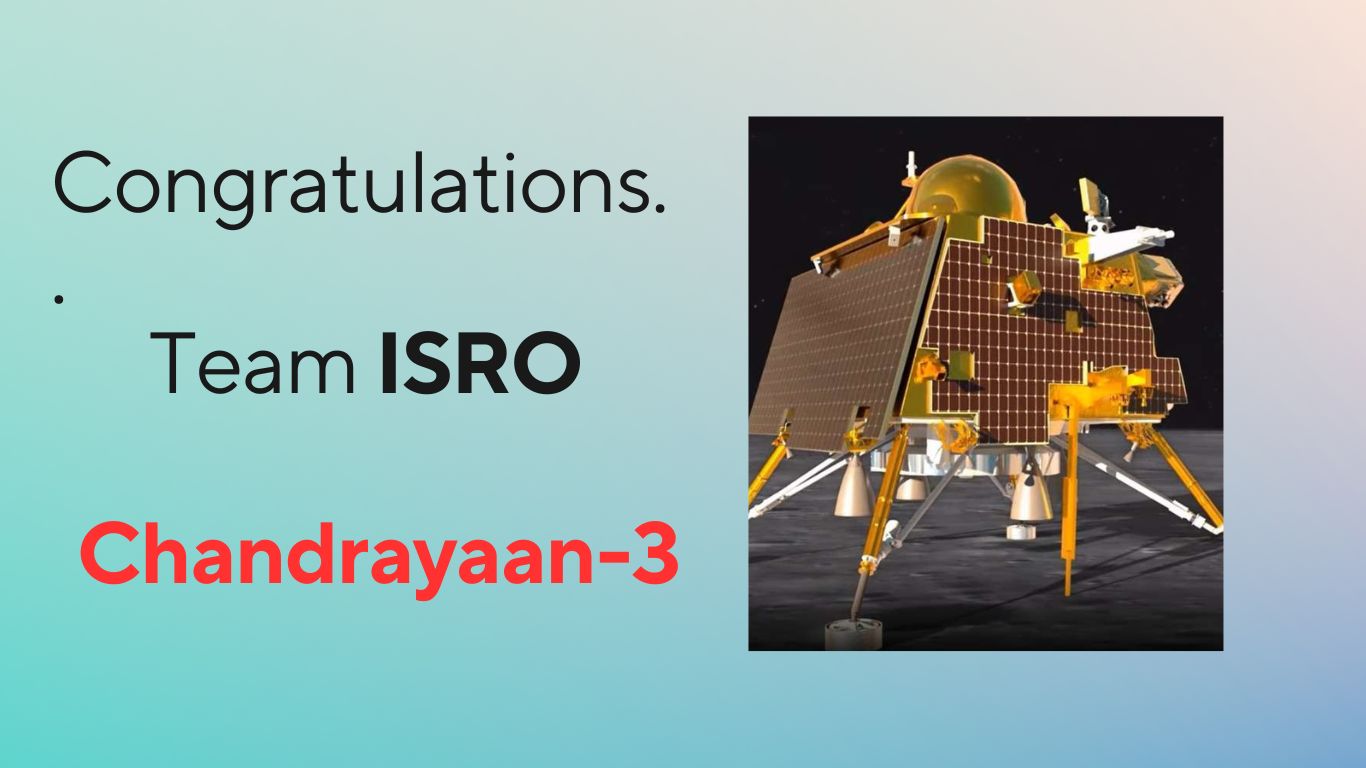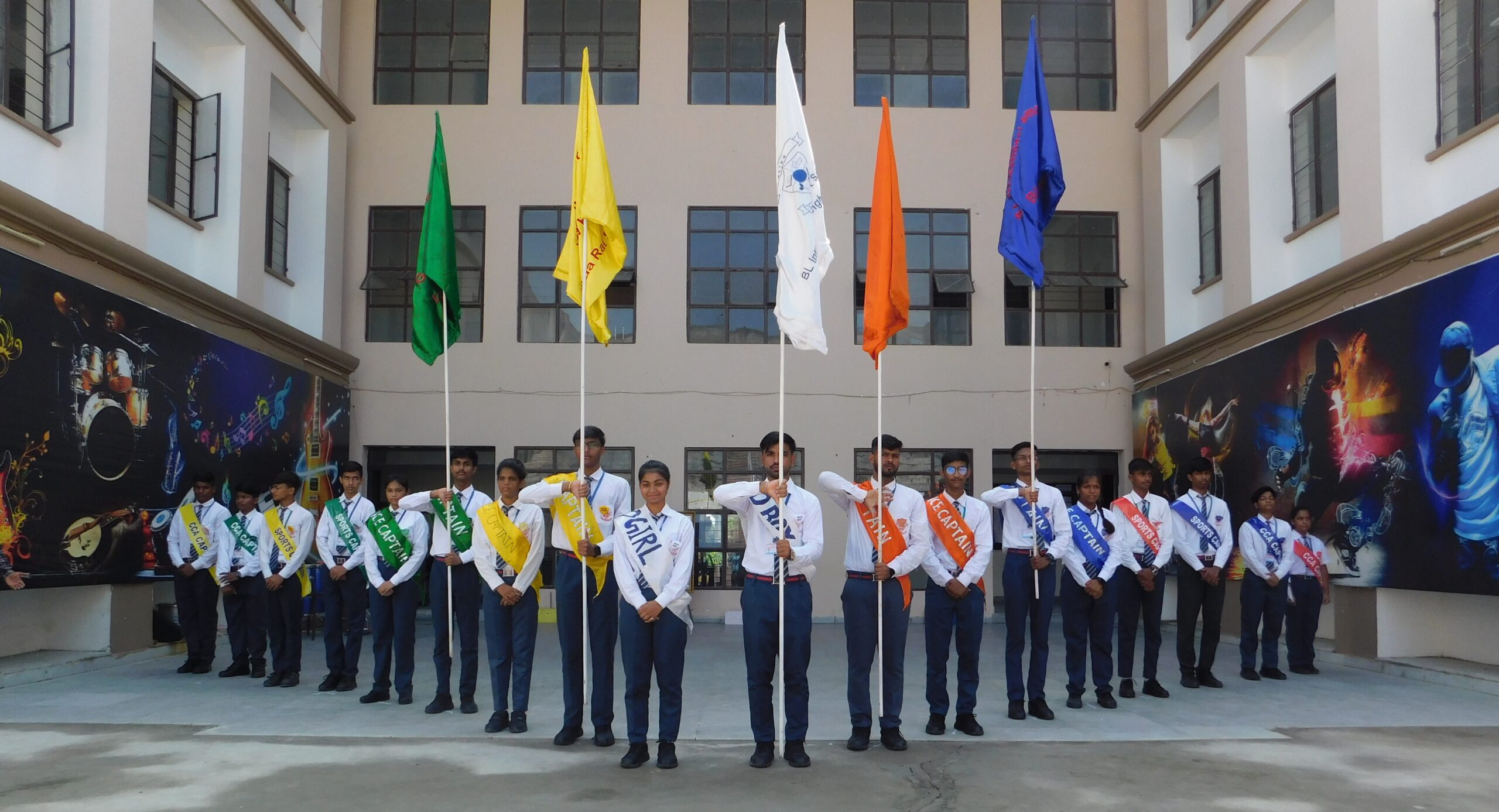Unveiling the Power and Significance of BRICS Summit: Past, Present, and Future

The BRIC Summit emerges as a light of collaboration and cooperation among countries that contain enormous economic potential in the dynamic world of international relations. This article guides you through the history, goals, participating nations, and amazing progress of the BRICS Summit from its start to the eagerly awaited event in 2023. Let’s explore the BRIC region and its significant influence on world politics.
Table of Contents
Origins and Aims of BRIC Summit
Originally, the emerging economies of Brazil, Russia, India, and China were referred to by the term BRIC. Jim O’Neill of Goldman Sachs originally used the phrase in 2001 to draw attention to the countries’ promising economic potential. Initiated in 2009, the BRIC Summit aims to give these countries a forum for working together on matters of shared interest, encouraging economic growth, political discussions, and strategic alliances.
Origins of the BRIC Term
Jim O’Neill, the chief economist of Goldman Sachs, originally used the abbreviation BRIC—Brazil, Russia, India, and China—in a research paper he wrote in 2001 titled “Building Better Global Economic BRICs.” This phrase was coined by O’Neill to describe the four fast growing economies that showed strong growth potential and were positioned to have a large impact on the global economy. These four nations were selected due to their sizable populations, an abundance of natural resources, and developing consumer markets.
The BRIC Summit’s Genesis
The concept of the BRIC Summit emerged as a natural progression from the term’s economic significance. In 2006, Russia hosted a meeting of the foreign ministers of these four nations, marking the first significant step towards formalizing their cooperation. This laid the foundation for the BRIC Summits that followed.
Purpose and Objectives
The primary purpose of the BRIC Summit was to provide a platform for these four nations to collaborate on matters of mutual interest, particularly in the economic and political realms. Recognizing their collective influence and potential, the BRIC nations sought to discuss issues that could impact not only their individual economies but also the global landscape.
Evolution into BRICS
The BRIC acronym expanded in 2010 to include South Africa, leading to the term “BRICS.” This addition enhanced the group’s diversity and geopolitical influence. The inclusion of South Africa was a strategic move, given its status as a gateway to the African continent and its rapidly growing economy.
Key Objectives of BRICS
The BRICS summit serve as forums for these emerging economies to deliberate on various subjects, including economic growth, trade, investment, innovation, technology, and global governance. The member countries seek to leverage their collective strength to address common challenges and foster cooperation in various spheres, not limited to just economics.
Inclusivity and Participant Countries
Over time, the BRIC Summit expanded its reach to include South Africa, thus forming the BRICS group (BRICS Summit). The inclusion of South Africa elevated the group’s influence and representation on the global stage. This collective aimed to address not only economic concerns but also challenges related to security, health, education, and sustainable development.
Current BRICS Member Countries: A Closer Look at the Five Powerhouses

The BRICS group, originally consisting of Brazil, Russia, India, and China, expanded to include South Africa in 2010, forming the acronym BRICS. This dynamic collective of emerging economies collaborates to address global challenges and foster cooperation across various sectors. Let’s take a closer look at the current BRICS member countries and their contributions to this influential partnership.
Brazil:
Nestled in South America. A nation renowned for its diverse landscapes, cultural heritage, and vibrant energy. Brazil stands as a key player in the BRICS group, offering a rich blend of resources, innovation, and global influence. Its growing economy and commitment to sustainable development contribute to the collective strength of BRICS.
Russia:
Spanning across Eastern Europe and Northern Asia. Boasting a vast landmass, formidable technological capabilities, and a rich historical legacy, Russia holds a unique position within BRICS. As a major player in global geopolitics, Russia’s participation in the group adds depth to discussions on regional security, economic cooperation, and international relations.
India:
Located in South Asia, India is a melting pot of cultures, ancient traditions, languages and modern aspirations. India brings an unparalleled cultural diversity and technological prowess to BRICS. As a rapidly growing economy, India’s information technology prowess, skilled workforce, and diverse consumer market make it a significant player within BRICS. India’s diplomatic finesse and commitment to sustainable development amplify its influence in the group.
China:
China, situated in East Asia, is undoubtedly one of the world’s economic giants. As an economic powerhouse and a global manufacturing hub, China’s role in BRICS is pivotal. Its strategic vision, technological advancements, and significant contribution to global trade and investment strengthen the group’s collective impact in shaping the world economy.
South Africa:
Positioned at the southern tip of Africa. The inclusion of South Africa expanded BRICS to represent the African continent’s interests and potential. South Africa’s rich resources, multicultural society, and commitment to development contribute to the group’s discussions on sustainable growth, inclusivity, and global partnerships.
“BRICS Summit 2023 will be the first in-person summit of BRICS comprising Brazil, Russia, India, China, and South Africa, since 2019.”
Collaborative Endeavors :
The diversity of these member countries is a cornerstone of the BRICS partnership. Each nation brings a unique set of experiences, challenges, and opportunities to the table. Together, they collaborate on matters of global significance, such as economic growth, innovation, technology, and sustainable development.
Shared Values and Vision
The member nations of BRICS have a shared goal of fostering collaboration, advancing equitable development, and creating a multipolar international system. Although their individual paths are different, the relevance of this alliance is highlighted by their shared dedication to tackling global issues through teamwork.
Anticipating Future Collaborations
As the BRICS group continues to evolve, its significance in shaping the global landscape is set to grow. The member countries are poised to tackle pressing challenges, explore new avenues of cooperation, and collectively contribute to a more sustainable, inclusive, and prosperous world.
In conclusion, the current BRICS member countries—Brazil, Russia, India, China, and South Africa—stand united by their commitment to collaboration, innovation, and progress. Their individual strengths blend harmoniously within the group, amplifying their collective impact on the world stage. As the BRICS partnership flourishes, its influence is felt across various domains, reaffirming the power of cooperation in an interconnected world.
Bridging Ideas: BRIC Summits Through the Years
Since its inception, the BRICS Summit has traversed continents, strengthening partnerships and fostering cooperation. Notably, the 14th BRICS Summit was hosted by India, serving as a testament to its growing influence within the group. These summits provide a platform for leaders to discuss crucial global issues and strategize collective actions to address them.
India’s Flourishing Role and Benefits
India’s participation in the BRICS group has been a transformative journey. The nation’s economy has surged, and its cultural diplomacy has gained momentum. The BRICS association has allowed India to solidify its position as a key player in international affairs, shaping global narratives and policies.
India’s Leadership in BRICS: Navigating Towards Global Influence
Empowering Change through Visionary Leadership
Within the framework of the BRICS group, India has emerged as a prominent leader, steering discussions and initiatives towards innovative solutions and collaborative action. India’s leadership within BRICS is a testament to its commitment to global cooperation, sustainable development, and a shared vision of a prosperous world.
“India’s Dynamic Leadership in BRICS:”
Discover how India’s visionary leadership within the BRICS group is shaping a world of collaboration, innovation, and shared prosperity. From championing inclusive growth to driving sustainable development, delve into India’s multifaceted contributions that are steering BRICS towards a brighter future.
A Catalyst for Inclusive Growth
India’s presence in BRICS signifies its determination to champion the cause of inclusivity and equitable growth. With its vast population and diverse socio-economic landscape, India brings to the table a unique perspective on addressing issues of poverty, healthcare, and education. The nation’s emphasis on “Sabka Saath, Sabka Vikas” (Collective Efforts, Inclusive Growth) resonates well within the BRICS ethos.
Strategic Diplomacy and Multilateralism
India’s adeptness in diplomatic engagements and multilateral forums further enhances its leadership role within BRICS. The nation’s historical commitment to non-alignment, coupled with its proactive engagement in global affairs, positions it as a bridge-builder and a catalyst for constructive dialogues. India’s leadership fosters an environment where mutual respect and cooperation thrive.
Innovation and Digitalization
As the world embraces the digital era, India’s leadership within BRICS has been instrumental in driving discussions on innovation, technology, and digitalization. India’s remarkable strides in the information technology sector, coupled with its ambitious initiatives like “Digital India,” inspire the group to explore new avenues for collaboration and growth in the digital age.
Sustainable Development and Environmental Stewardship
India’s emphasis on sustainable development and environmental stewardship aligns closely with the global agenda. Within BRICS, India advocates for solutions that balance economic growth with environmental preservation. By prioritizing renewable energy, climate action, and green technologies, India’s leadership promotes a harmonious relationship between development and nature.
Global Healthcare and Pandemic Preparedness
The ongoing COVID-19 pandemic has underscored the importance of global healthcare collaboration. India’s leadership within BRICS extends to its proactive role in addressing public health challenges. The nation’s pharmaceutical capabilities and its commitment to affordable healthcare solutions position it as a valuable contributor to the group’s efforts in pandemic preparedness and response.
Cultural Diplomacy and Soft Power
India’s rich cultural heritage and soft power play a pivotal role in shaping its leadership within BRICS. By showcasing its diverse traditions, arts, and cuisine, India fosters cultural exchanges and people-to-people connections. This cultural diplomacy strengthens bonds among BRICS nations and contributes to a more interconnected world.
Leading by Example: BRICS Summit 2022
During the 14th BRICS Summit, which was held in India, India’s leadership within BRICS was widely displayed. The subject of the summit, “BRICS@15: Intra-BRICS Cooperation for Continuity, Consolidation, and Consensus,” emphasized India’s dedication to fostering cooperation, establishing consensus, and maintaining continuity in the group’s initiatives. India used the summit as a platform to show its commitment to a strong and cooperative BRICS grouping.
A Shared Vision for a Better World
India’s leadership within BRICS embodies the spirit of collective action and partnership. By leading with integrity, vision, and determination, India empowers BRICS nations to work together for the betterment of humanity. Through its actions and initiatives, India reinforces the core values of BRICS—cooperation, growth, equity, and mutual respect.
In conclusion, India’s leadership within BRICS stands as a beacon of inspiration, guiding the group towards greater collaboration, innovation, and global impact. By embracing its role as a leader, India paves the way for BRICS to collectively navigate the challenges and opportunities of our rapidly changing world.
BRIC Sherpa: Guiding the Process
A BRIC Sherpa, often referred to as a “personal representative” of each member country, plays a crucial role in laying the groundwork for successful summits. These Sherpa engage in meticulous planning, strategizing, and negotiation to ensure that the group’s objectives are met effectively.
BRIC Summit 2022: Reflecting on India’s Triumph
The 14th BRIC Summit held in India was a resounding success. It focused on strengthening cooperation in the fields of innovation, digital economy, and sustainable development. The leaders underscored the importance of unity and collaboration in tackling global challenges, while also celebrating the unique contributions of each nation.
Anticipating BRIC Summit 2023: Shaping Tomorrow
As the world eagerly awaits the upcoming BRIC Summit in 2023, expectations run high. The member countries are poised to deliberate on issues crucial to humanity’s future, including climate change, healthcare, and equitable economic growth. This summit presents an opportunity for BRICS nations to reaffirm their commitment to shaping a better world for all.
In conclusion, the BRIC Summit stands as a testament to the power of collaboration among nations with diverse backgrounds and aspirations. From its humble beginnings to its pivotal role in shaping global affairs, the BRICS group has demonstrated the potential for collective action in addressing complex challenges. As we look toward the future, the BRIC Summit continues to illuminate the path toward a more interconnected and harmonious world.
Frequently Asked Questions
2022 BRICS summit held in which country?
The 2022 BRICS Summit was hosted by India.
When is the BRICS Summit 2023 ?
The BRICS Summit 2023 is at Johannesburg (South Africa). It will be the 15th BRICS Summit commence from 22-Aug-2023.
What is the BRICS Summit all about ?
The BRICS Summit brings together the leaders of five major emerging economies: Brazil, Russia, India, China, and South Africa. The summit aims to foster cooperation and collaboration among these nations on various political, economic, and strategic fronts. It provides a platform for discussions on global issues, economic development, trade, and investment opportunities. Through diplomatic dialogues and joint initiatives, the BRICS Summit seeks to shape policies that impact not only the member countries but also the broader international community.
Where was the BRICS Summit held in 2014 ?
The BRICS Summit in 2014 was held in Fortaleza and Brasília, Brazil.
BRICS Summit 2021 held in which country ?
BRICS Summit 2021 held in India (13th Summit)
Where is the headquarter of BRICS?
The headquarters of BRICS is located in Shanghai, China.















